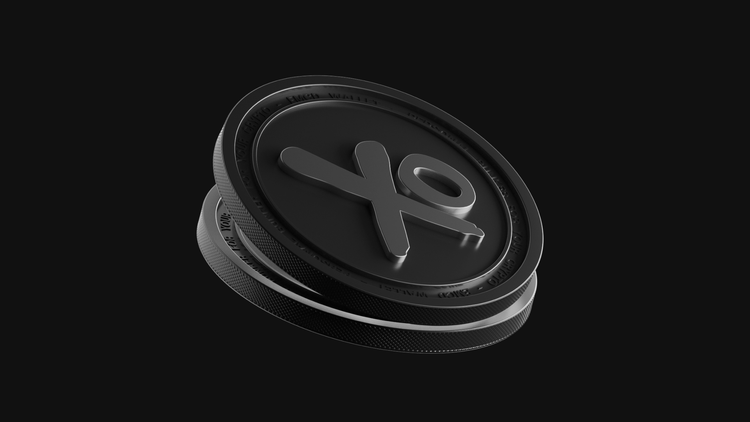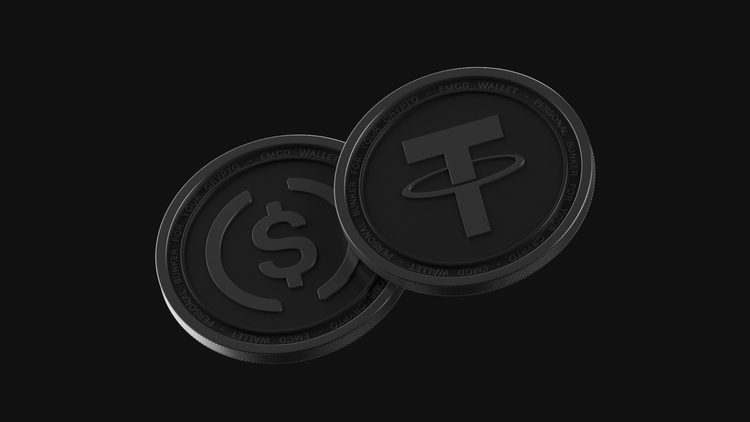Ethereum ETF Approved: What It Means and What to Expect

Introduction: What is an Ethereum ETF and why does it matter?
An exchange-traded fund (ETF) is a financial instrument that allows investors to gain exposure to an asset without holding it directly. In simple words, an ETF is like a basket that tracks the price of a given asset — be it gold, oil, or in this case, cryptocurrency. A spot Ethereum ETF directly follows the market price of ETH, enabling investors to buy and sell shares through traditional brokers without needing a crypto wallet or exchange account.
The approval of Ethereum ETFs in the United States marked a historic step. It not only legitimized ETH as an investment class but also opened the doors for institutional capital that previously avoided crypto due to custody and regulatory hurdles.

How a spot Ethereum ETF works
Unlike futures ETFs, which track contracts rather than the asset itself, a spot ETF holds real ETH in custody. That means for every share issued, the provider buys and stores Ethereum. This gives investors a direct correlation to ETH’s market price, minus management fees.
As explained by the U.S. Securities and Exchange Commission (SEC) in its May 2024 approval documents, spot ETFs also require custodians to follow strict auditing and compliance procedures to reduce risks of fraud or mismanagement.
When and who approved Ethereum ETFs in the U.S.
After years of debate, the SEC officially approved spot Ethereum ETFs on May 23, 2024, following the landmark greenlight for spot Bitcoin ETFs in January 2024, as reported by Reuters.
The first batch of issuers included major Wall Street players such as:
- BlackRock (iShares Ethereum Trust)
- Fidelity (Wise Origin Ethereum Fund)
- VanEck Ethereum ETF
- Grayscale Ethereum Trust (converted into an ETF)
- ARK 21Shares Ethereum ETF
Trading began in late May 2024 on exchanges like NYSE Arca and Cboe BZX, immediately pulling billions of dollars into the new products.
Which ETFs launched and who leads the market
According to Bloomberg, BlackRock and Fidelity quickly dominated inflows, repeating their success from Bitcoin ETFs. Grayscale, however, faced significant outflows as investors rotated into lower-fee alternatives.
Investor reaction after the launch
In the first week, Ethereum ETFs attracted over $2 billion in inflows. But while initial demand was strong, the momentum slowed after the first month. Analysts at CoinDesk note that part of the cooling was due to profit-taking after ETH’s rally above $3 800.
Why Grayscale saw outflows — and what it means
Grayscale’s Ethereum Trust had been operating since 2017 with high management fees (up to 2.5%). Once it converted to an ETF, investors suddenly had the option to switch to cheaper alternatives — like BlackRock and Fidelity charging just 0.25–0.30%. According to the Financial Times, this sharp fee divergence helped trigger hundreds of millions in outflows from Grayscale’s product, making fee competition a defining feature of the new Ethereum ETF landscape.
Impact on ETH price
Ethereum’s price surged nearly 18% in just 24 hours leading up to the ETF approval, reaching levels not seen since early 2022, as CoinTelegraph reported. After that initial spike, the market corrected: ETH stabilized in the $3 000–3 400 range throughout summer 2024, reflecting a blend of optimism about institutional inflows and macro risk aversion.
What to expect next: institutions, regulation, secondary demand
Analysts believe Ethereum ETFs will:
- Accelerate institutional adoption. Pension funds, asset managers, and even insurance companies can now allocate ETH through regulated instruments.
- Strengthen regulation. The SEC’s approval signals Ethereum is not considered a security, but ongoing cases (e.g., staking services) may refine the rules further.
- Create secondary demand. ETF issuers must hold large amounts of ETH in custody, reducing circulating supply. Over time, this could support price appreciation.
Analysts’ opinions: will Ethereum ETFs drive a new bull run?
According to JP Morgan, ETH ETFs will not trigger immediate exponential growth but will act as a long-term growth engine. They estimate Ethereum ETFs could capture 10–15% of Bitcoin ETF inflows by 2025, representing tens of billions in new capital.
Meanwhile, VanEck Research argues that Ethereum ETFs are unique because ETH is not just a store of value like Bitcoin but also powers decentralized finance (DeFi), NFTs, and smart contracts — giving it more real-world utility.
Where Ethereum ETFs are heading: trends, risks, and outlook
Looking ahead to 2025–2026:
- Trend: Global expansion. Hong Kong already approved ETH ETFs in April 2024 (SCMP), and Europe has products listed since 2023.
- Risk: Regulatory pushback. Some U.S. policymakers still argue ETH should be classified as a security, which could complicate future staking-related ETFs.
- Outlook: Gradual but steady growth. With more institutions entering, ETH ETFs could evolve into a multi-billion-dollar market similar to gold ETFs in the 2000s.
FAQ
Which companies have launched spot Ethereum ETFs?
According to Reuters, the U.S. Securities and Exchange Commission approved applications from issuers including VanEck, ARK 21Shares, BlackRock, Fidelity, Grayscale, and Bitwise to launch spot Ethereum ETFs following its January approval of Bitcoin ETFs—a move that opened the door for trading later in 2024.
How did the approval impact ETH’s price?
Ethereum’s price surged 25 % between May 20 and May 21, reaching a nine-week high of $3 840, just before SEC approval, as CoinTelegraph reports. After that spike, the market corrected and ETH settled in the $3 000–3 400 range, reflecting a balance of institutional optimism and macro caution.
Are Ethereum ETFs safe?
Like any ETF, they are regulated and audited. Investors don’t manage private keys but rely on custodians. The main risks remain market volatility and management fees.
Why did investor interest decline after launch?
Much of the early demand was driven by speculative hype, and, as reported by The Block, sharp outflows from Grayscale combined with profit-taking began cooling momentum shortly after launch, signaling that the initial frenzy was giving way to investor caution.
Can I buy Ethereum ETFs via a regular broker?
Yes, they trade on NYSE Arca, Nasdaq, and Cboe BZX, accessible through most brokerage accounts just like stock ETFs.
What are the main risks for Ethereum ETF investors in 2025?
Market volatility, regulatory uncertainty (especially around staking), and competition among issuers are key risks.
How will Ethereum ETFs shape the future of crypto?
They bring legitimacy, liquidity, and accessibility to ETH, potentially transforming it into a mainstream investment asset alongside Bitcoin.




